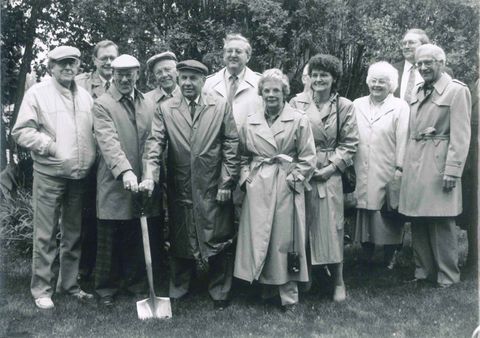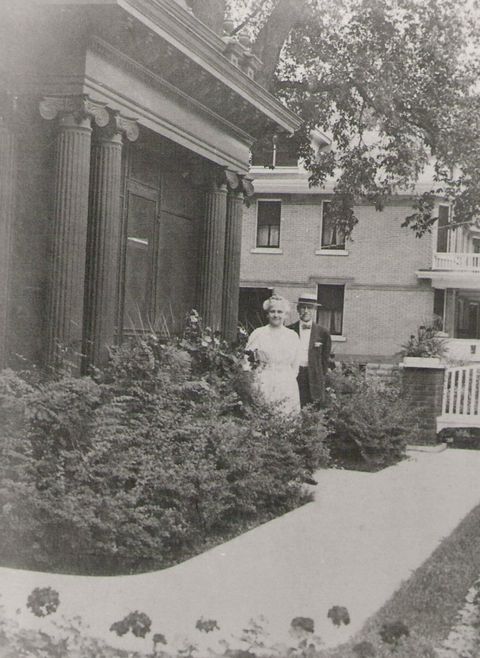Dig Deeper – Victorian Home
Azel D. Barnum began building this Italianate style home for his family in 1862 after purchasing the land from the Overman family. Azel and his wife Jane had moved to Cedar Falls from Freeport, Illinois with their four children, and they soon became a prominent family in the community. Azel Barnum partnered with local businessman Peter Melendy to build and run a grain, seed, and farm implement warehouse on the Cedar River.
The Barnums sold the home in 1874, and it changed hands several times before Walter and Cornelia Bryant purchased it for their family in 1880. The Bryants brought three children with them to Cedar Falls and had two more when they were settled in their new home. Walter Bryant worked in the lumber industry and was active in Cedar Falls’ civic society. The Bryants were known to host literary meetings and musical performances in their parlor.
The home remained a single-family home until the mid-1920s when it was converted into a duplex and then broken down into smaller apartments. John and Myrna Dempster lived in the home as a single-family residence beginning in 1947. The Cedar Falls Historical Society purchased the home from the Dempsters in 1966 to create a community museum to house its collection of local artifacts, photographs, recordings, and other print materials.
When the home was originally built, it had kerosene lighting and was heated with fireplaces. In the kitchen, food was cooled with ice delivered by the ice man, and a pump delivered water to the sink—but the maid would need to carry the water out of the house for disposal. Steam radiators were installed around 1900 to heat the home, and the cupola on the roof served as early air conditioning. When the windows were open, they drew cool air up from the basement through wooden ductwork.
Many of these technologies are apparent in the home today, where visitors can experience a typical home interior of a wealthy Victorian-era family. The historic museum includes the many knick-knacks, textiles, and natural history artifacts that were signs of wealth and prominence during the time period. And it also shows the workspaces of the live-in maid who would have helped the family cook, clean, do laundry, care for children, and generally maintain appearances. The artifacts and furnishings speak to the day-to-day social and cultural norms of the day.



